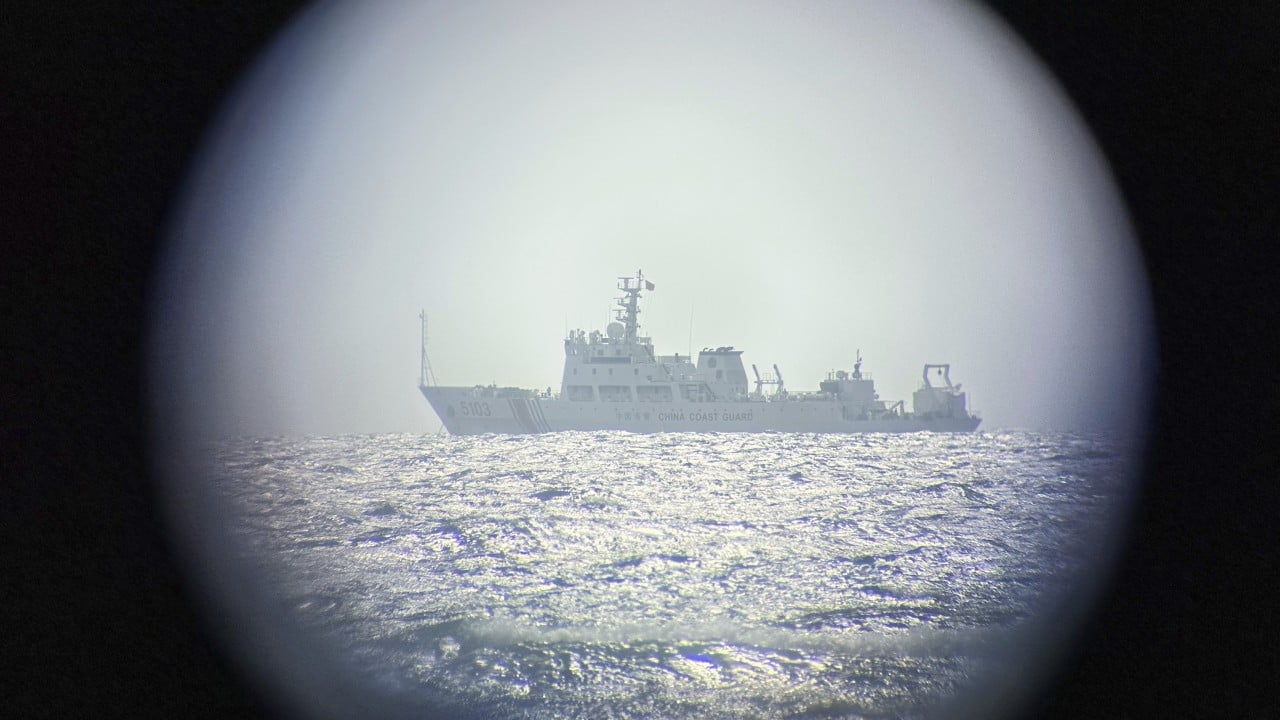When a Chinese coastguard vessel appeared off the coast of Zambales province in late May, it didn’t fire a shot or issue a threat. Instead, it lingered – uninvited, silent and unmoving. To analysts in Manila, the message was loud and clear: Beijing was testing new tactics in the South China Sea, one quiet incursion at a time.
Advertisement
The coastguard vessel was detected roughly 76 nautical miles (140km) off Palauig Point – well within the Philippines’ exclusive economic zone and about 220km southeast of Scarborough Shoal, the disputed reef seized by Beijing from Manila in 2012.
In response, the Philippine coastguard deployed a 44-metre (144-foot) patrol vessel to intercept the Chinese ship, according to Commodore Jay Tarriela, spokesman for the coastguard’s operations in the West Philippine Sea, the term Manila uses for its South China Sea EEZ.
“Since last night, the Philippine coastguard has directed the multi-role response vessel, BRP Cabra, off the coast of Zambales to challenge the presence of a China coastguard vessel,” Tarriela said in a statement late last Sunday.
In rough seas with waves as high as three metres (10 feet), the Cabra repeatedly hailed the Chinese ship, asserting it had “no legal authority to patrol within Philippine waters”, Tarriela said. The Chinese vessel did not respond.
China’s claim to nearly the entire South China Sea overlaps with the EEZs of several Southeast Asian nations. A 2016 ruling by an international tribunal rejected these expansive claims, but Beijing has refused to accept the verdict.
Advertisement
For years, Chinese coastguard and maritime militia vessels have patrolled high-tension areas such as Scarborough Shoal and the Spratly Islands, leading to maritime stand-offs, collisions and injuries – including a Filipino sailor who lost his thumb last year during a skirmish near Second Thomas Shoal.

